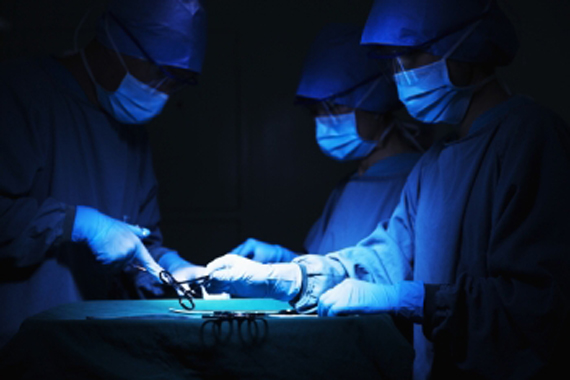
Skin biopsy
A skin biopsy is used to test a suspicious skin lesion, rash or mole. First we inject local anaesthetic. Then we take thin shave, punch or incision of the area in question minimising skin loss and post-extraction scarring. Afterwards the sample is sent to a pathologist for testing.
Curettage / shave removal of low grade skin cancers
Some low grade and surface skin cancers can be treated by this method. Multiple thin shaves taken from multiple angles allows the skin cancer to be removed with minimal tissue loss and resulting in virtually no post-operative pain. A simple dressing is applied and should be removed in 24 hours.
Skin Cancer Surgery (all skin cancer types)
If a skin biopsy confirms a skin cancer or the doctor feels that biopsy is unnecessary, depending on the type of cancer, its size and position our doctor will offer to remove it by using local anaesthetic to numb the area. We excise (cut out) the spot along with a safety margin of normal tissue to ensure we have completely excised the cancer. Subcuticular (buried) or surface sutures or a combination of both will be used to close the resulting wound. A dressing is then applied. Sutures may need to be removed 1 week later.
Melanoma surgery (excluding lymph node surgery)
If we identify melanoma we will then excise a much wider area. The surgery required and the amount of tissue to be removed will be explained to you. This extraction will be performed under local anaesthetic as a day surgery at the clinic. Subcuticular (buried) or surface sutures or a combination of both will be used to close the resulting wound.
Skin flap repair surgery
Complex closures and large skin cancers will be excised and repaired using skin flap repair surgery. This is the process in which a flap is prepared using skin adjacent to the wound and rotated or advanced into position. Subcuticular (buried) or surface sutures or a combination of both will be used to close the resulting wound
Skin grafts
If flaps can’t close the surgical wound, skin will be taken from another area on your body, prepared and grafted onto the surgical wound. Surface sutures will then be used to hold the graft in position. A more complicated dressing is then applied to the wound and graft site.
.
